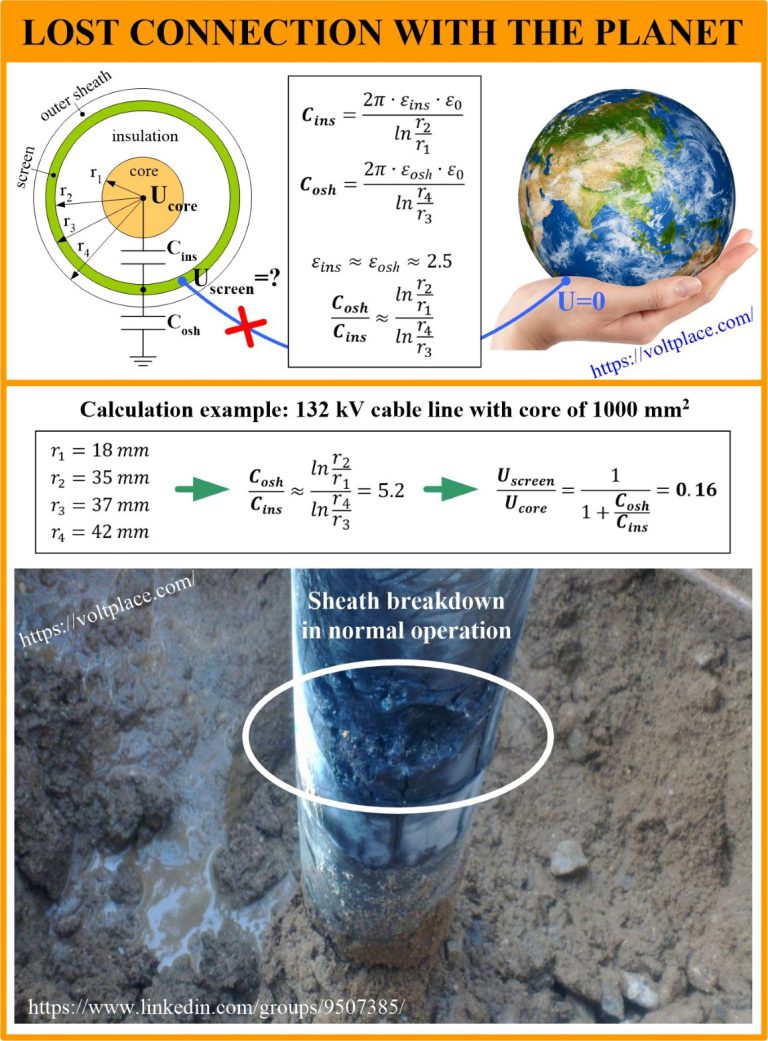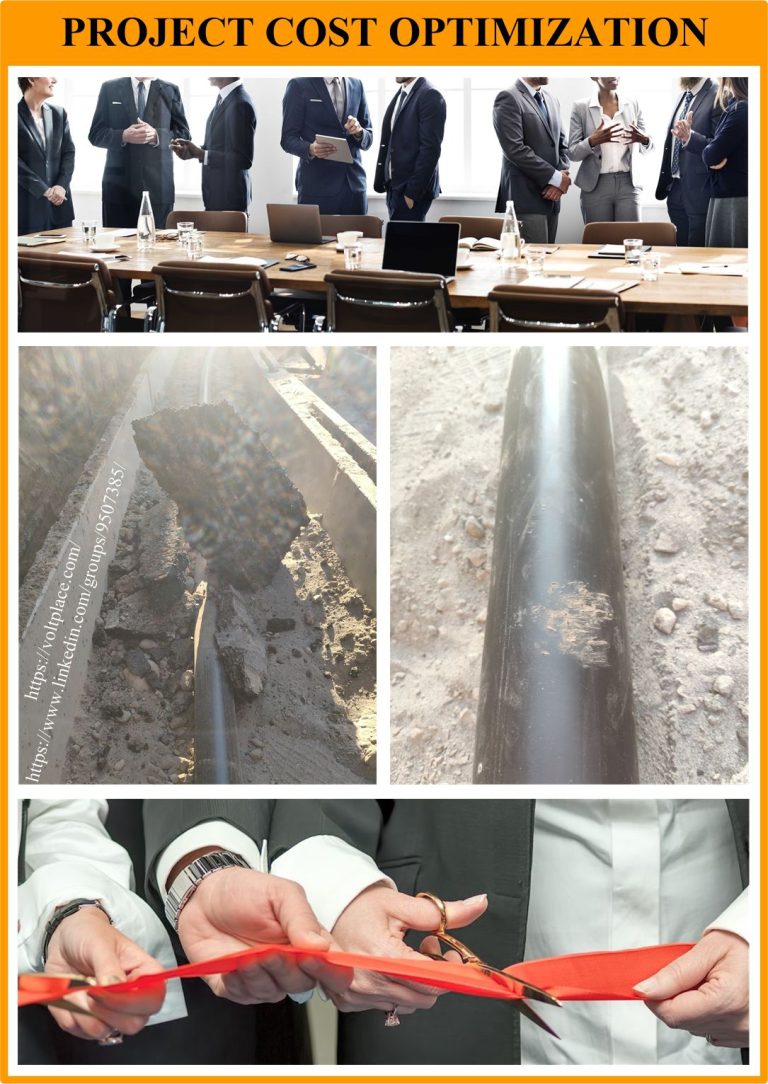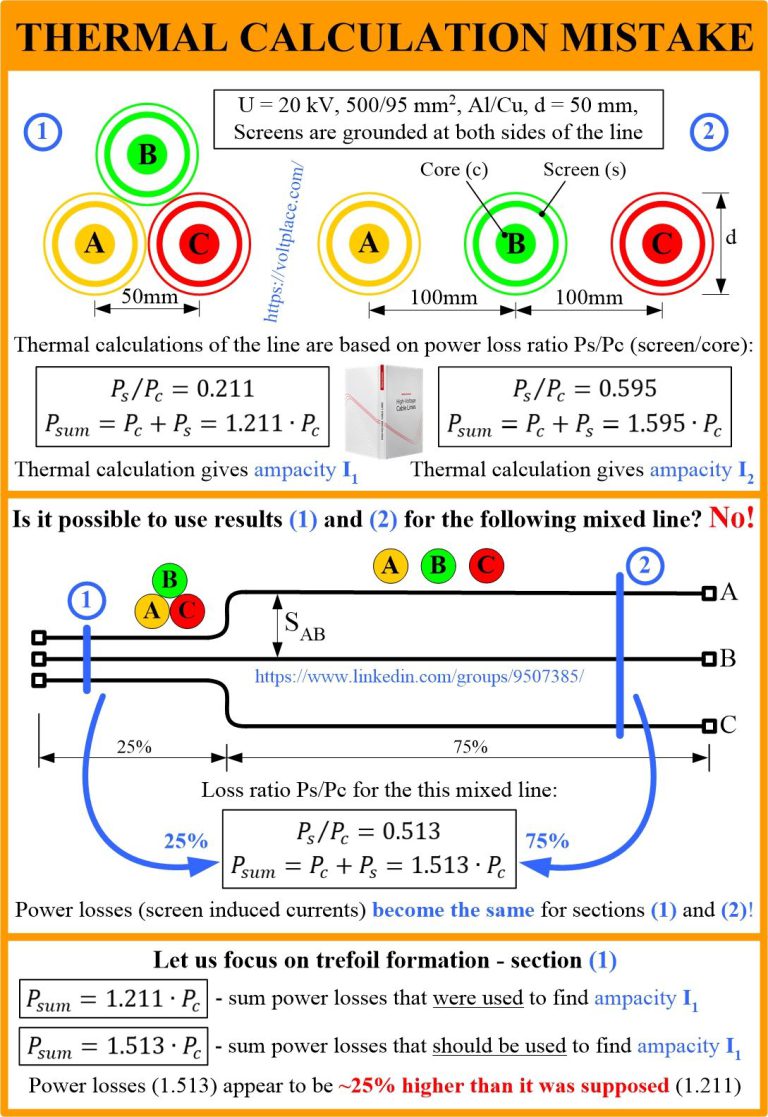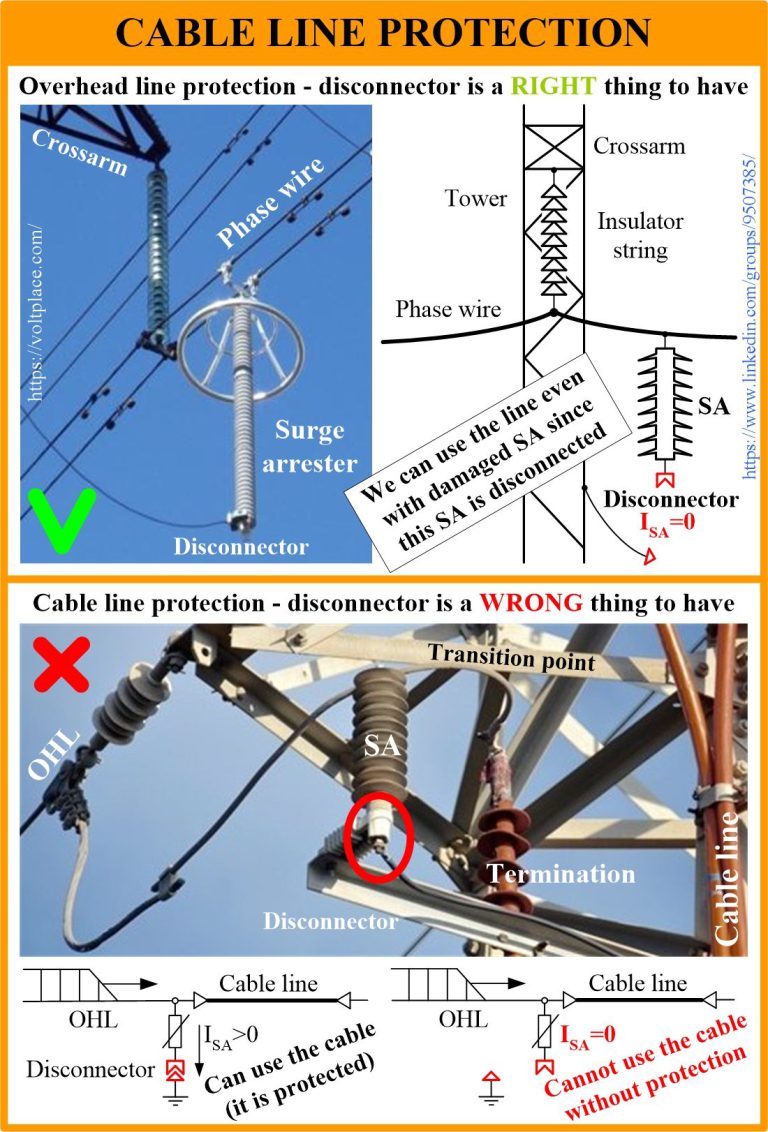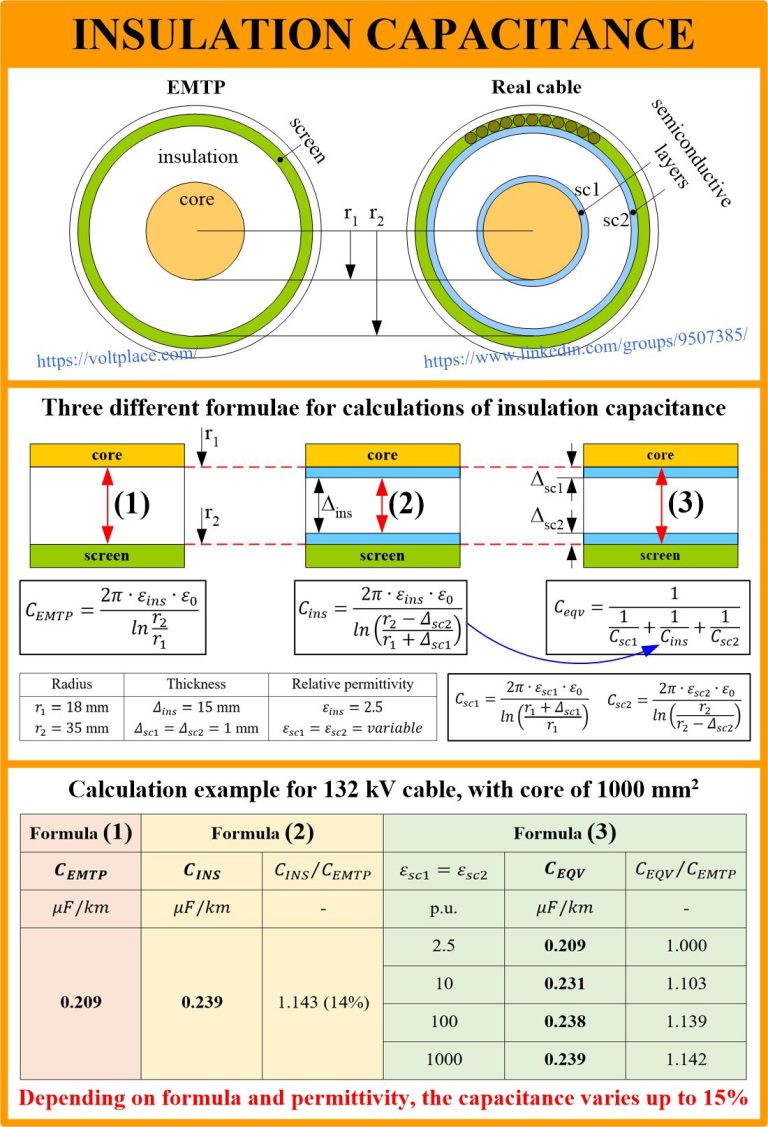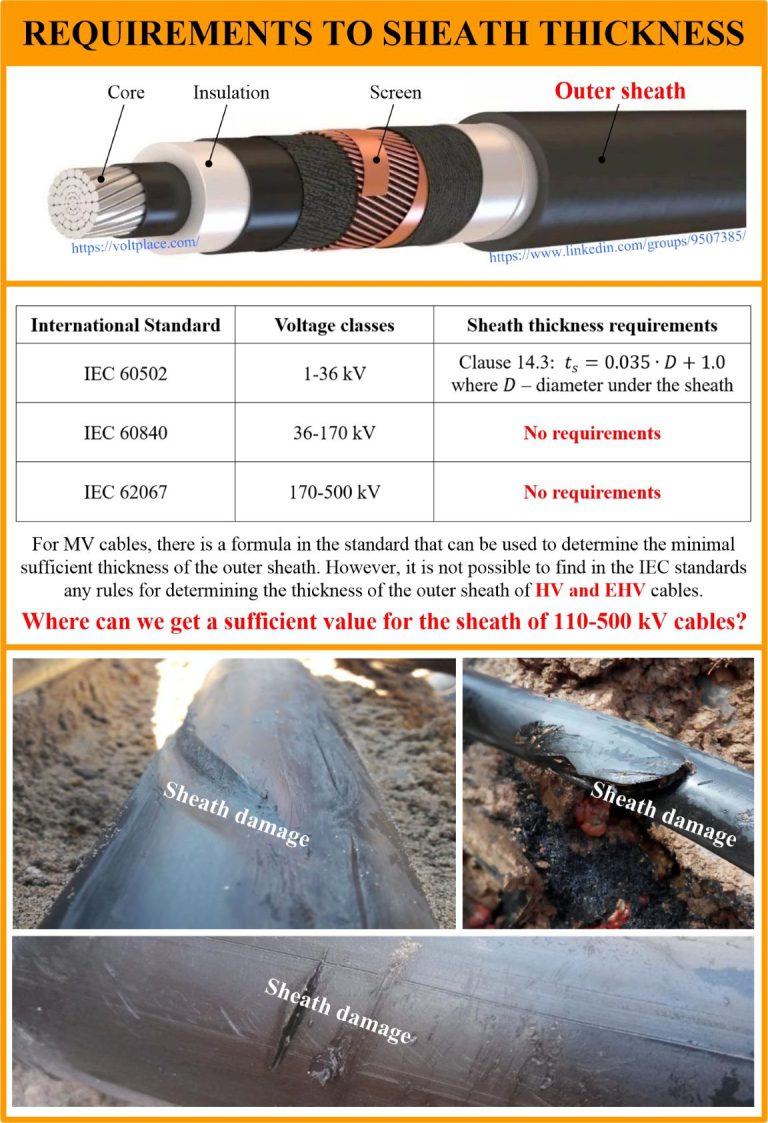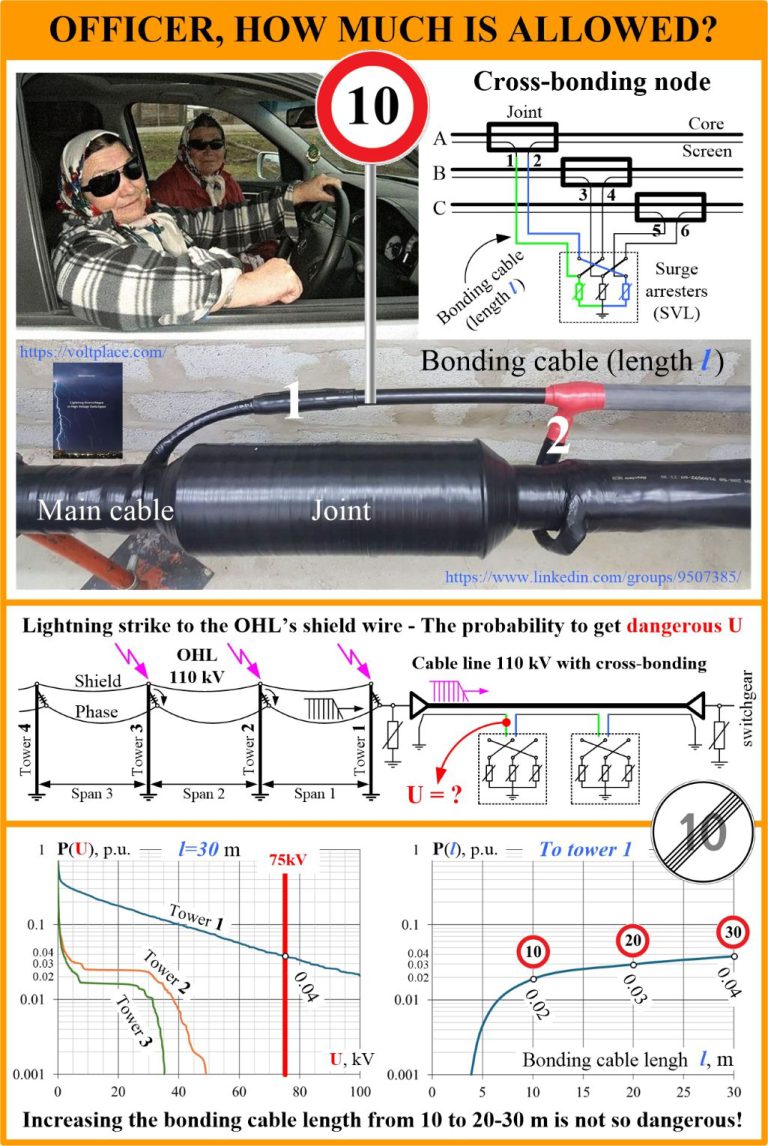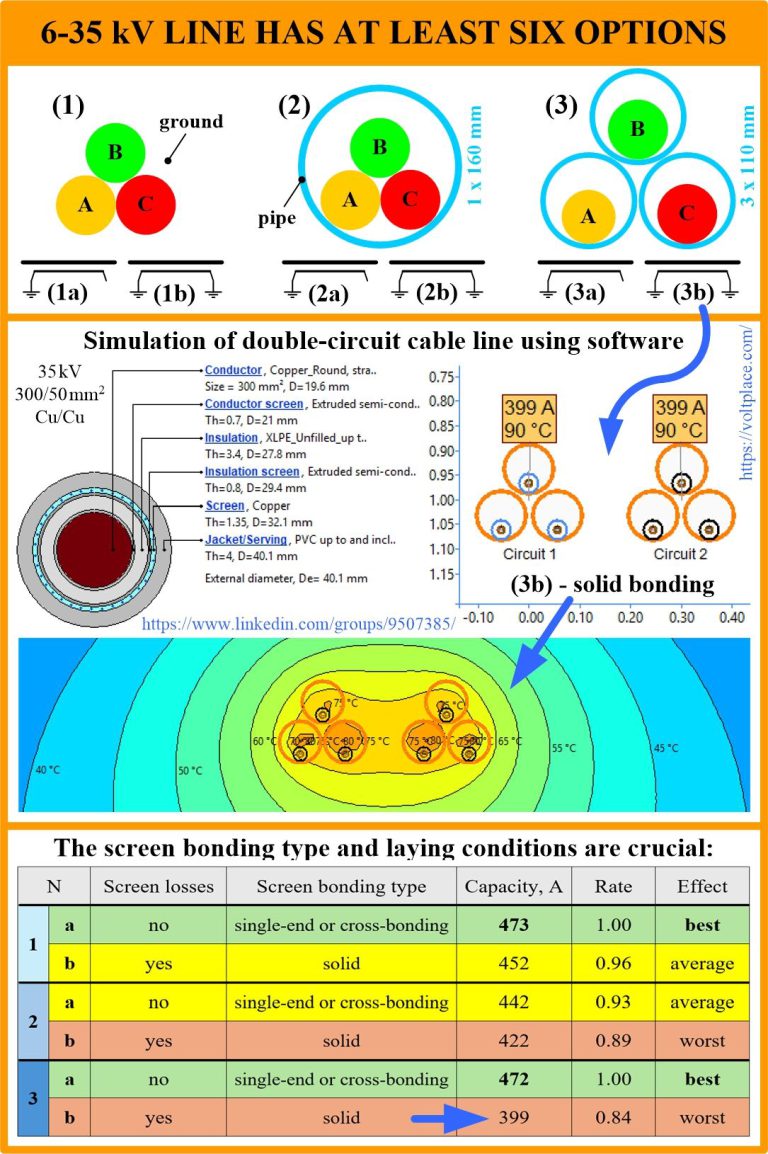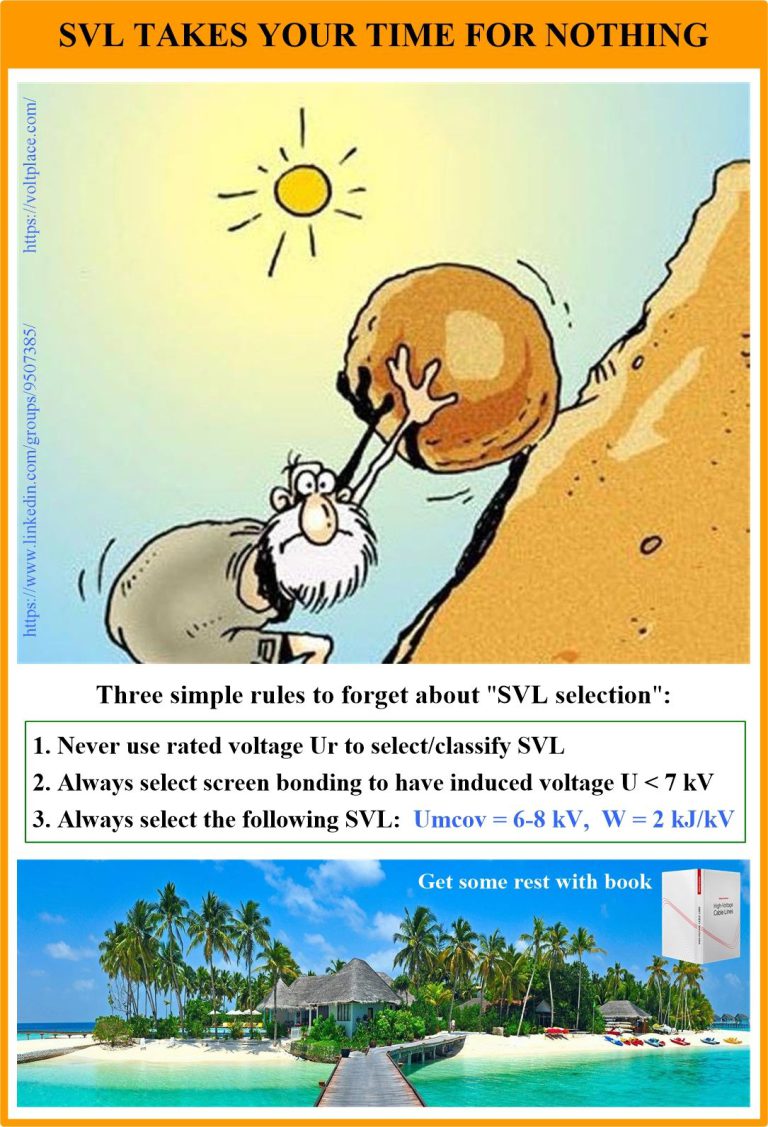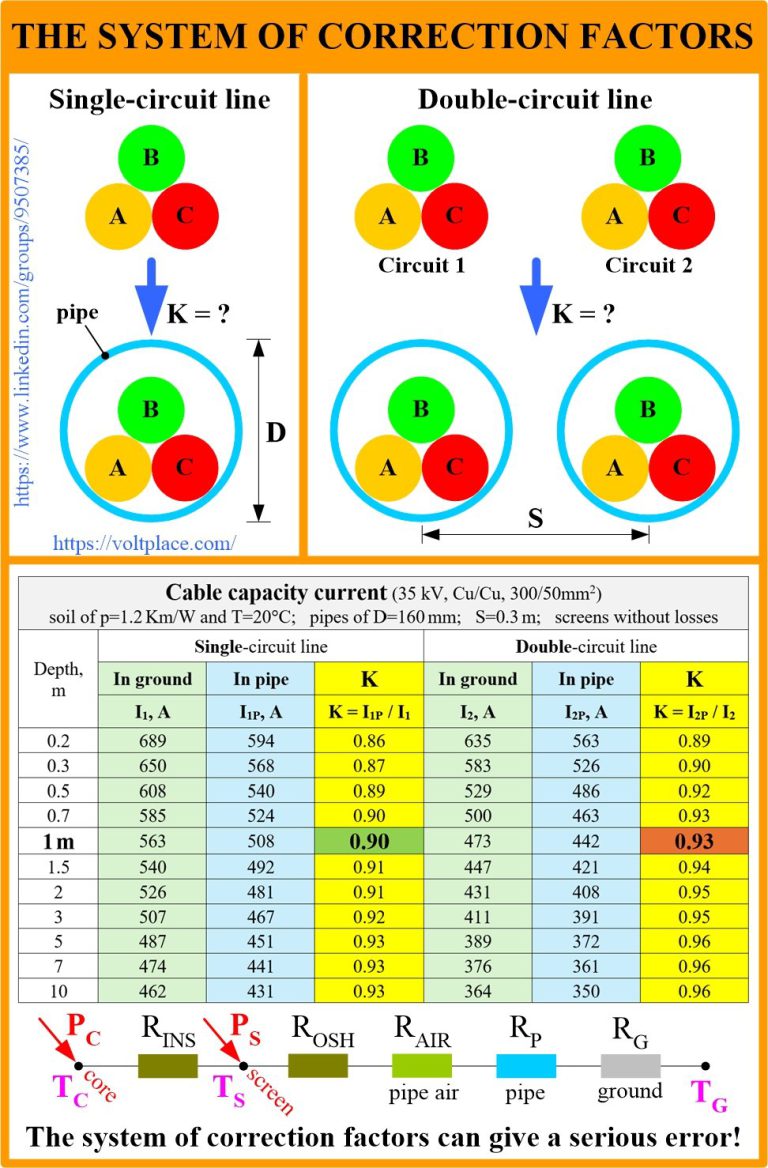Ungrounded cable screen
Before putting the cable line into operation (and then periodically during operation), the integrity of the outer sheath of cables should be checked. The procedure consists of the following steps:1️⃣ Disconnect the line from the network (if it was in operation).2️⃣ Disconnect the SVLs from the link boxes.3️⃣ Unground cable screens at both sides of

